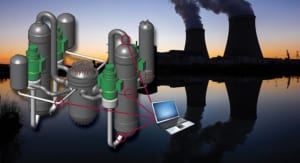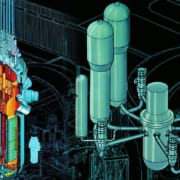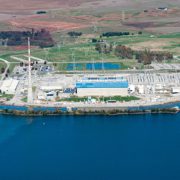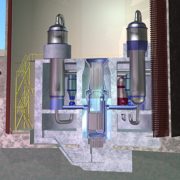News & Views, Volume 48 | SI:FatiguePro Version 4.0 Crack Growth Module – Application Case Study Complex Multi-Cycle Nuclear Transients
By: Curt Carney
As plants enter their initial or subsequent license renewal period one of the requirements is to show that fatigue (including environmental effects) is adequately managed. For some locations in pressurized water reactors (PWRs), it can be difficult to demonstrate an environmental fatigue usage factor less than the code allowable value of 1.0. Therefore, plants are increasingly turning to flaw tolerance evaluations using the rules of the ASME Code, Section XI, Appendix L. Appendix L analytically determines an inspection interval based on the time it takes for a postulated flaw (axial or circumferential) to grow to the allowable flaw size. For surge line locations, this evaluation can be very complex, as the crack growth assessment must consider many loadings, such as: insurge/outsurge effects, thermal stratification in the horizontal section of the line, thermal expansion of the piping (including anchor movements), and internal pressure. Trying to envelope all of these loads using traditional tools can lead to excess conservatism in the evaluation, and short inspection intervals that reduce the value of an Appendix L evaluation.








